-
 bitcoin
bitcoin $108183.343957 USD
1.12% -
 ethereum
ethereum $3953.318181 USD
2.13% -
 tether
tether $1.000758 USD
0.05% -
 bnb
bnb $1102.411872 USD
1.73% -
 xrp
xrp $2.377410 USD
1.30% -
 solana
solana $185.715867 USD
0.05% -
 usd-coin
usd-coin $1.000561 USD
0.08% -
 tron
tron $0.320859 USD
2.39% -
 dogecoin
dogecoin $0.194561 USD
3.07% -
 cardano
cardano $0.647327 USD
2.68% -
 hyperliquid
hyperliquid $37.310392 USD
1.96% -
 ethena-usde
ethena-usde $0.999792 USD
0.04% -
 chainlink
chainlink $17.181017 USD
2.56% -
 stellar
stellar $0.316938 USD
1.13% -
 bitcoin-cash
bitcoin-cash $472.186880 USD
1.35%
How do I resolve a login security challenge on Bitstamp?
If you're locked out of Bitstamp, use 2FA or recovery codes; if unavailable, contact support with ID and proof of address for verification.
Oct 18, 2025 at 12:18 am
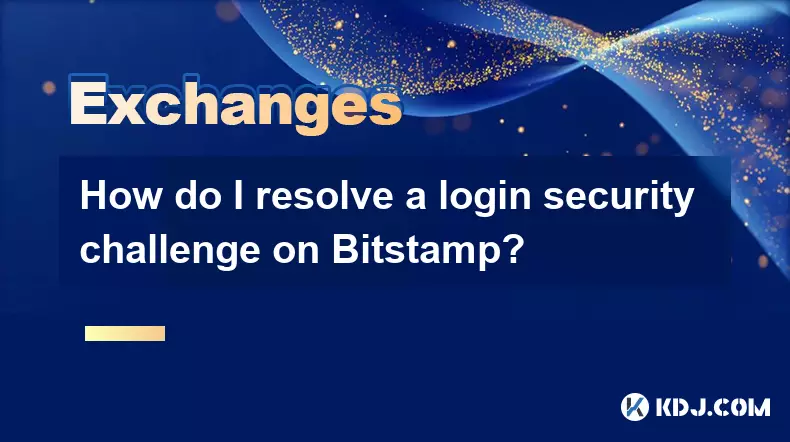
Login Security Challenges on Bitstamp
1. When encountering a login security challenge on Bitstamp, the first step is to verify your identity using two-factor authentication (2FA). Bitstamp requires users to enable 2FA through an authenticator app like Google Authenticator or Authy. If you're unable to access your 2FA codes, ensure that your device's time settings are synchronized, as mismatched times can invalidate generated codes.
2. In cases where you've lost access to your 2FA device, Bitstamp provides backup recovery methods. These include previously saved recovery codes and email verification options. Users must have stored their recovery codes securely during account setup. Entering one of these codes will allow temporary access so you can reconfigure your 2FA settings.
3. If neither 2FA nor recovery codes are accessible, Bitstamp’s support team may require additional verification steps. This process often involves submitting government-issued identification, proof of address, and answering security questions related to your account history. Response times vary, but most legitimate requests are processed within 48 hours.
4. Some security challenges arise from unrecognized devices or locations. Logging in from a new IP address or browser triggers Bitstamp’s fraud detection systems. To resolve this, complete the CAPTCHA prompt if shown and confirm the login attempt via the registered email. Avoid using public Wi-Fi networks, as they increase the likelihood of triggering security blocks.
5. Always ensure your email associated with Bitstamp is active and secure. Most security challenges involve email-based confirmation links, and failure to access this inbox will delay resolution. Enable alerts for login attempts so you can respond quickly to unauthorized access warnings.
Preventing Future Login Issues
1. Store multiple recovery methods beyond just one authenticator app. Consider printing recovery codes and keeping them in a secure physical location. Some advanced users utilize encrypted USB drives to back up critical access data.
2. Regularly review your connected devices and active sessions under Bitstamp’s account settings. Terminate any unfamiliar sessions immediately. This reduces the risk of conflicting login signals that could lock you out.
3. Update your contact information promptly if you change email addresses or phone numbers. Outdated details hinder recovery processes when automated systems cannot reach you.
4. Use a password manager to maintain strong, unique credentials for your Bitstamp account. Weak or reused passwords increase vulnerability to attacks that may trigger platform-wide security locks.
5. Avoid sharing screenshots or details of security prompts online. Phishing attempts often mimic Bitstamp’s interface, and accidental disclosures can compromise account integrity.
Understanding Bitstamp’s Security Protocols
1. Bitstamp employs layered authentication protocols that combine something you know (password), something you have (2FA device), and behavioral analytics (login patterns). Any deviation from established behavior activates protective measures.
2. The platform uses rate-limiting mechanisms to prevent brute-force attacks. Excessive failed login attempts result in temporary IP bans. Wait for the cooldown period before retrying, typically ranging from 15 minutes to several hours.
3. Email confirmations serve as both verification and audit trails. Every significant action, including logins from new devices, generates an email notification. Ignoring these messages may lead to missed recovery windows.
4. SMS-based 2FA is available but discouraged due to SIM-swapping risks. App-based authenticators provide stronger protection against interception by malicious actors.
5. Bitstamp does not store your 2FA secrets on its servers. Losing access means only you can restore it through pre-configured backups—no customer service agent can bypass this safeguard.
Frequently Asked Questions
What should I do if I didn’t receive the email verification link?Check your spam or junk folder first. Resend the email from Bitstamp’s login page. If issues persist, confirm that your email provider isn’t blocking messages from Bitstamp’s domain.
Can I disable two-factor authentication after enabling it?No, Bitstamp mandates 2FA for all accounts as part of its compliance framework. Disabling it is not permitted under current security policies.
How long does Bitstamp take to verify ID documents?Most verifications are completed within 48 hours. During peak periods, processing may extend slightly. Ensure submitted documents are clear, unaltered, and match the information on file.
Is there a way to whitelist specific IP addresses on Bitstamp?Currently, Bitstamp does not offer IP whitelisting for standard user accounts. Enterprise clients may request customized security configurations through dedicated account managers.
Disclaimer:info@kdj.com
The information provided is not trading advice. kdj.com does not assume any responsibility for any investments made based on the information provided in this article. Cryptocurrencies are highly volatile and it is highly recommended that you invest with caution after thorough research!
If you believe that the content used on this website infringes your copyright, please contact us immediately (info@kdj.com) and we will delete it promptly.
- Bitcoin Price Rollercoaster: Navigating the BTC Crash and Spotting Trading Opportunities
- 2025-10-20 12:25:14
- Cardano, Dogecoin, and MAGACOIN: What's the Buzz in the Crypto Space?
- 2025-10-20 12:25:14
- Bitcoin Price: Stabilization or Just a Blip on the Radar?
- 2025-10-20 12:30:01
- Ethereum Price Prediction & MoonBull Presale: Navigating the Cryptocurrency Landscape
- 2025-10-20 12:30:01
- MoonBull, Crypto Presale, BullZilla: Navigating the 2025 Hype
- 2025-10-20 12:30:01
- UAE Investment, AVAX One, and Nasdaq Listing: A New York Perspective
- 2025-10-20 12:30:13
Related knowledge
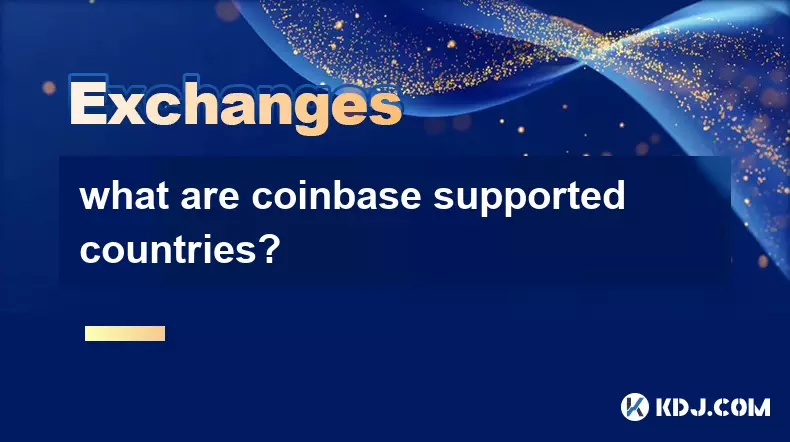
what are coinbase supported countries?
Oct 18,2025 at 12:01pm
Countries Where Coinbase Operates1. United States – Coinbase is headquartered in San Francisco, California, and provides full trading, staking, and cu...
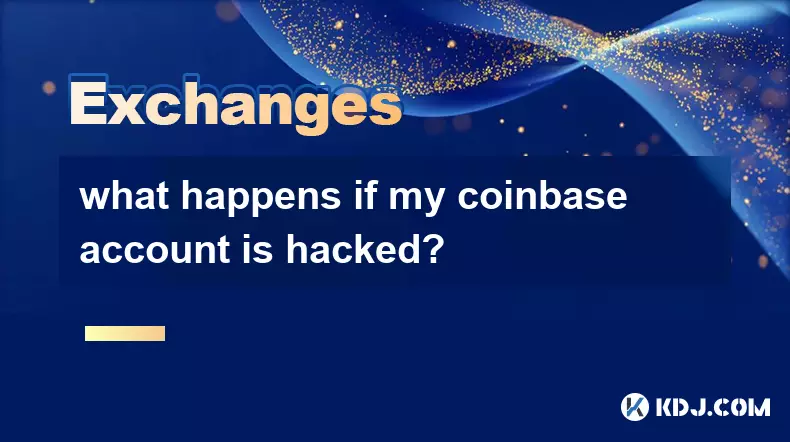
what happens if my coinbase account is hacked?
Oct 19,2025 at 06:19am
Immediate Steps to Take After a Coinbase Account Breach1. Immediately log into your Coinbase account from a secure device and change your password. Us...

can i send from coinbase to kraken?
Oct 18,2025 at 03:37am
Transferring Funds from Coinbase to Kraken Sending cryptocurrency from Coinbase to Kraken is a common practice among traders seeking better liquidity,...
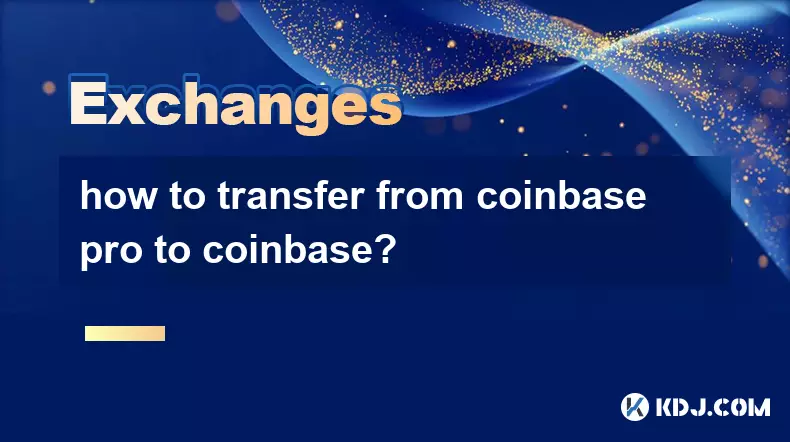
how to transfer from coinbase pro to coinbase?
Oct 20,2025 at 01:01am
Transferring funds from Coinbase Pro to Coinbase is a straightforward process that allows users to consolidate their assets in one accessible location...

can you use paypal on coinbase?
Oct 20,2025 at 12:19pm
Using PayPal on Coinbase: Key Insights1. Yes, you can link your PayPal account to Coinbase, but with limitations. While users often assume PayPal func...
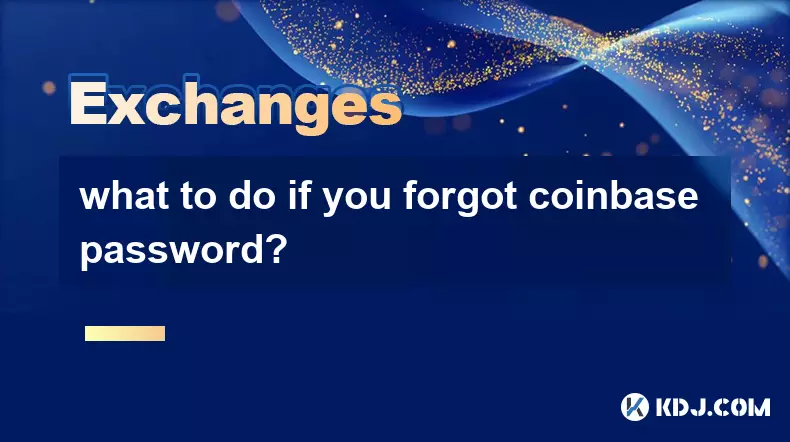
what to do if you forgot coinbase password?
Oct 18,2025 at 12:01am
Recovering Access to Your Coinbase Account1. Visit the official Coinbase login page and click on the “Forgot password?” link located beneath the passw...

what are coinbase supported countries?
Oct 18,2025 at 12:01pm
Countries Where Coinbase Operates1. United States – Coinbase is headquartered in San Francisco, California, and provides full trading, staking, and cu...

what happens if my coinbase account is hacked?
Oct 19,2025 at 06:19am
Immediate Steps to Take After a Coinbase Account Breach1. Immediately log into your Coinbase account from a secure device and change your password. Us...

can i send from coinbase to kraken?
Oct 18,2025 at 03:37am
Transferring Funds from Coinbase to Kraken Sending cryptocurrency from Coinbase to Kraken is a common practice among traders seeking better liquidity,...

how to transfer from coinbase pro to coinbase?
Oct 20,2025 at 01:01am
Transferring funds from Coinbase Pro to Coinbase is a straightforward process that allows users to consolidate their assets in one accessible location...

can you use paypal on coinbase?
Oct 20,2025 at 12:19pm
Using PayPal on Coinbase: Key Insights1. Yes, you can link your PayPal account to Coinbase, but with limitations. While users often assume PayPal func...

what to do if you forgot coinbase password?
Oct 18,2025 at 12:01am
Recovering Access to Your Coinbase Account1. Visit the official Coinbase login page and click on the “Forgot password?” link located beneath the passw...
See all articles










































































